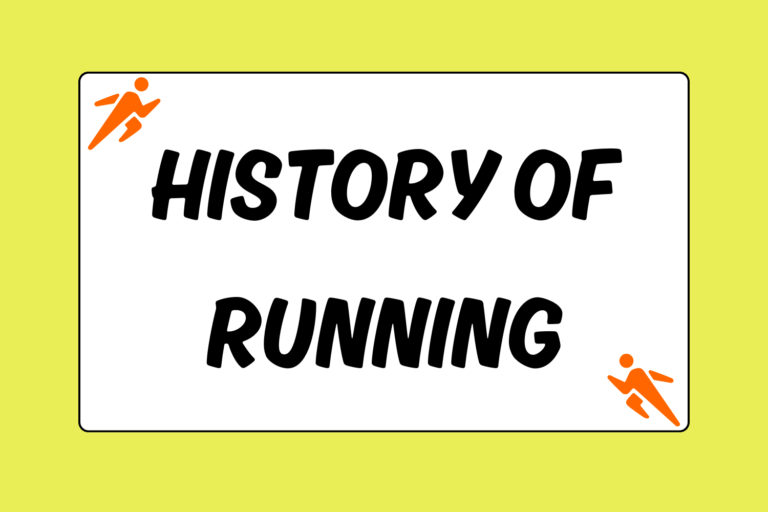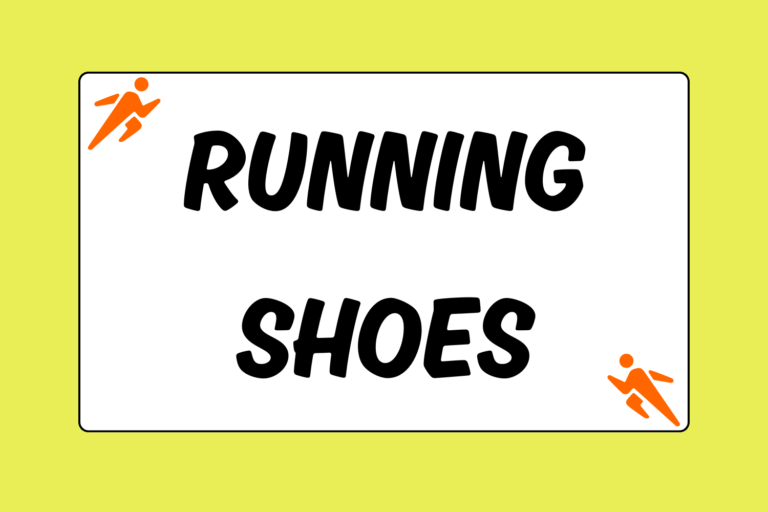When you can’t (or shouldn’t) run more miles, but don’t know how else to get better, think outside the box.
This is not to suggest you should create a voodoo doll of yourself and mimic a 13:20 5k performance every night before you go to bed. It simply means moving beyond the more-more-more mentality that drives so many competitive runners.
Step back and reassess the situation in which you have been training—small changes in your routine can have big, positive effects on your performances. Many runners are afraid to mix things up, even if things aren’t going well, because running poorly is often less scary than trying something new.
The tips below are not scary at all. They are intuitive and easy to work into your training regimen. Check them out and then watch your times drop.
Get More Sleep
Doctor’s orders. The benefits of sleep for athletes – endurance athletes in particular – are so great that scientists have referred to a solid night’s rest as a “legal performance enhancement.”
Why does sleep matter so much? Studies have shown that muscle and soft tissue heals through specific metabolic processes that occur during deep, slow-wave sleep. It’s is only during that healing cycle that you begin to reap the rewards of hard training.
Some very successful runners are known for their long and frequent sleep habits. Deena Kastor, the American record holder in the marathon (2:19:36) and 2004 Olympic Marathon bronze medalist, often touts her 12-plus hours of sleep per night (plus naps) as a reason for her success. She considers rest a part of her job as a professional endurance athlete.
Train more, rest more. Sounds easy, right? Unfortunately for many of us, sleep is not specifically outlined in our job description. But, there are some steps you can take to help your body recover:
- Turn off the computer at 8:00pm instead of 10:00pm – Facebook will be there tomorrow.
- Take the elevator instead of the stairs during a high-mileage week.
- During the build up to a big race, take just one of the weekend nights to rest and catch up on sleep. Too many late, rowdy nights will only further deplete your system.
- Put your feet up, literally, whenever possible to encourage better circulation and recovery.
Fun Fact:
6.5: Number of hours of sleep the average American gets per night.
9.5: The minimum hours of sleep endurance athletes are advised to get per night.
Run Fast, Then Run Slow
This sounds sort of “duh,” but again, the theme here is recovery. Many runners feel the need to constantly run at a pace where they feel a certain amount of discomfort, but this impulse often leads to a plateau in race performance. Your body becomes fatigued, your leg speed is compromised, and it may become harder to move away from that go-to, kind-of-hard-but-still-not-race-pace pace.
To counter this stalemate, try varying the tempos of your runs throughout the week. Touch some faster paces or add a few more minutes of tempo during your workout days, and counter the extra effort with days of scheduled recovery at a pace far slower than usual. For example, if you usually do your runs at 7:00 to 7:30 pace, push them back to eight-minute pace (or whatever feels easy).
Think of your week’s training in graph form: The days of the week are on the bottom (y) axis; the average pace of runs is on the x axis. Too many runners chart a line that varies very little throughout the week with only slight dips during the entire segment. Instead, try training so that your weekly pace-graph looks more like a mountain range than rolling hills, with higher highs and lower lows.
You might just find that as your recovery days slow down, your races speed up.
Do Strides or Hill Sprints
End three or four runs every week with 5-10 strides or 5-10 by 12-second uphill sprints.
Strides: Strides are 80 to 100 meter repeats that start around 1500m pace and build to a sprint. It allows you to tap into that high speed without putting the body through a full workout. There is full recovery between each piece.
Hill Sprints: Find a steep hill. Sprint up for 10 to 12 seconds, with the focus on really driving your knees up, fast turnover and good form. Then walk back down to allow the body a full recovery. This builds explosive power and teaches the soft tissues to fire in the same way required at the end of races.
Mix it Up
There is nothing worse for a runner than the dreaded rut: Runs become a chore, you’ve memorized every turn of your daily route, and your performance times have plateaued.
But why does this happen? Sometimes the same routines that make us good runners prevent us from reaching our potential. As uncomfortable as it may be at first, shaking things up can sometimes be just the thing to jostle your body (and mind) back into good form.
The changes required can be easy or incredibly difficult, depending on the situation. Here are a few examples:
- Run in a new place
- Do your favorite loop backwards
- Try a workout you have never done before, and one that is a little out of your comfort zone. (For example: 2-3 x 200m at mile pace for veteran marathoners; a 3 to 5 mile tempo for middle distance runners.)
- Run 10-15 minutes less than usual for every run for one to two weeks.
- Add 10 minutes to your long run
- Change coaches (think long and hard before making this decision and don’t burn any bridges!).
Talk it Out
Running can be a lonely sport. A lot of training is done alone, races are often independent endeavors (especially after college), and there is a lot of time on your feet to think. Sometimes all those thoughts start to weigh you down, and your mind can turn one bad workout into an entire crumbling career.
So, at the risk of sounding like an online shrink, talk it out.
Find someone who understands the sport, understands you, and also doesn’t pose a threat to your goals as an athlete. For many runners, this confidant is a coach; for others, it’s a training partner, teammate, or family member. A good conversation can leave you feeling more confident and with greater perspective.
Conclusion
So tomorrow: Sleep in, drive to a new park, run fast (or run slow), and finish up with some strides and a good laugh. Doesn’t sound too bad, does it?





